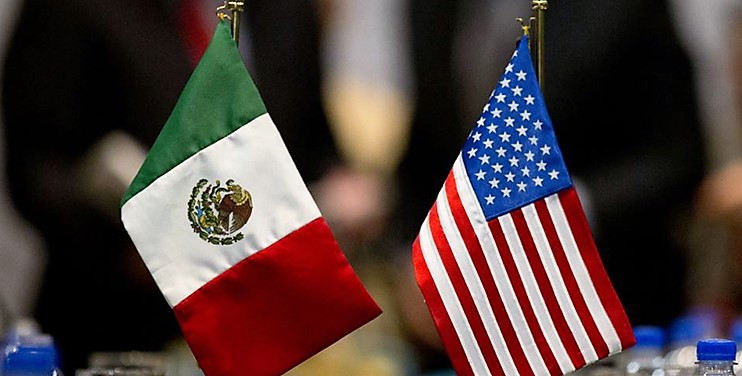Mexico and US inches closer to a trade deal
August 28, 2018 | Expert Insights

The Trump administration said on Monday that it had reached a new, 16-year trade deal with Mexico, setting in motion a swift chain of events that could redraw the world’s largest trade agreement.
NAFTA covers more than $1tr (£780bn) in annual trade.
Background
The United States commenced bilateral trade negotiations with Canada more than 30 years ago, resulting in the U.S.-Canada Free Trade Agreement, which entered into force on January 1, 1989. In 1991, bilateral talks began with Mexico, which Canada joined. The NAFTA followed, entering into force on January 1, 1994. Tariffs were eliminated progressively and all duties and quantitative restrictions, with the exception of those on a limited number of agricultural products traded with Canada, were eliminated by 2008.
On May 18, 2017, following consultations with relevant Congressional committees, U.S. Trade Representative Robert Lighthizer informed Congress that the President intends to commence negotiations with Canada and Mexico with respect to the NAFTA. Through these negotiations, the United States seeks to support higher-paying jobs in the United States and to grow the U.S. economy by improving U.S. opportunities to trade with Canada and Mexico.
Analysis
The President said the U.S. and Mexico had come to terms on how to revise several thorny parts of the 24-year-old agreement, hailing the new bilateral accord as "very special" for American workers, manufacturers and farmers.
"It's a big day for trade," Trump said in a hastily arranged appearance in the Oval Office, where he patched in Mexican President Enrique Peña Nieto by phone. "It's a big day for our country."
White House officials said the agreement, centered largely on manufacturing, would help American workers by making it harder for countries like China to ship cheap products through Mexico and then into the United States. Harmonizing labor and environmental rules would also protect U.S. jobs and salaries, the officials said, by making it less attractive for U.S. companies to move operations to Mexico.
Trump pledged to remove Canada from the three-country agreement if Ottawa doesn't agree to key concessions. He expressed no hesitation in terminating the existing NAFTA. He stressed that any new deal would have a different name since NAFTA has "bad connotations."
Canadian Foreign Minister Chrystia Freeland is leaving a trip in Europe early to travel to Washington for NAFTA talks on Tuesday, spokesman Adam Austen said on Monday. Canada and the U.S. are still at odds over some key issues.
Canada would re-enter the negotiations and have about a week to reach a tri-lateral deal in order to get it signed before Mexico's political leadership turns over on December 1.
The major breakthrough with Mexico came on automobile manufacturing, an issue that stirs both labor unions and the business community.
The two sides agreed to stricter rules for Mexican car exports to the US, including requirements that 75 per cent of the content be made in North America, and that 40-45 per cent of the content be made with workers earning at least $16 per hour — a measure aimed at discouraging manufacturers from relocating to lower-wage Mexico.
The White House and Mexican officials were unable to reach an agreement about the steel and aluminum tariffs Trump imposed several months ago, and those discussions are ongoing. “That’s the issue we still have to deal with. It’s not dealt with," Lighthizer said.
Negotiators want to strike a deal before the newly elected Mexican president, Andres Manuel Lopez Obrador takes office in December.
In order to meet that deadline, negotiators must present the US Congress with a deal at least 90 days in advance - by the end of this month.
The US and Canada have been at loggerheads on a range of trade matters, including Canadian protections for its dairy industry and US tariffs on steel and aluminum.
"We will only sign a new Nafta that is good for Canada and good for the middle class. Canada's signature is required," spokesman Adam Austen said.
But Mexico's Foreign Minister Luis Videgaray said his country is prepared to strike a bilateral US-Mexico deal.
The pact would be good for 16 years, the US said. The two sides also agreed to review the trade pact every six years - but that review will not carry the threat of automatic expiration as the US had initially proposed.
Assessment
Our assessment is that the president’s apparent willingness to move on without Canada might cause concern among lawmakers, as it may not be legally permissible to sign such an agreement. We also feel that it might be unwise to decouple businesses whose supply chains are intertwined between companies who operate in all the three countries.








Comments